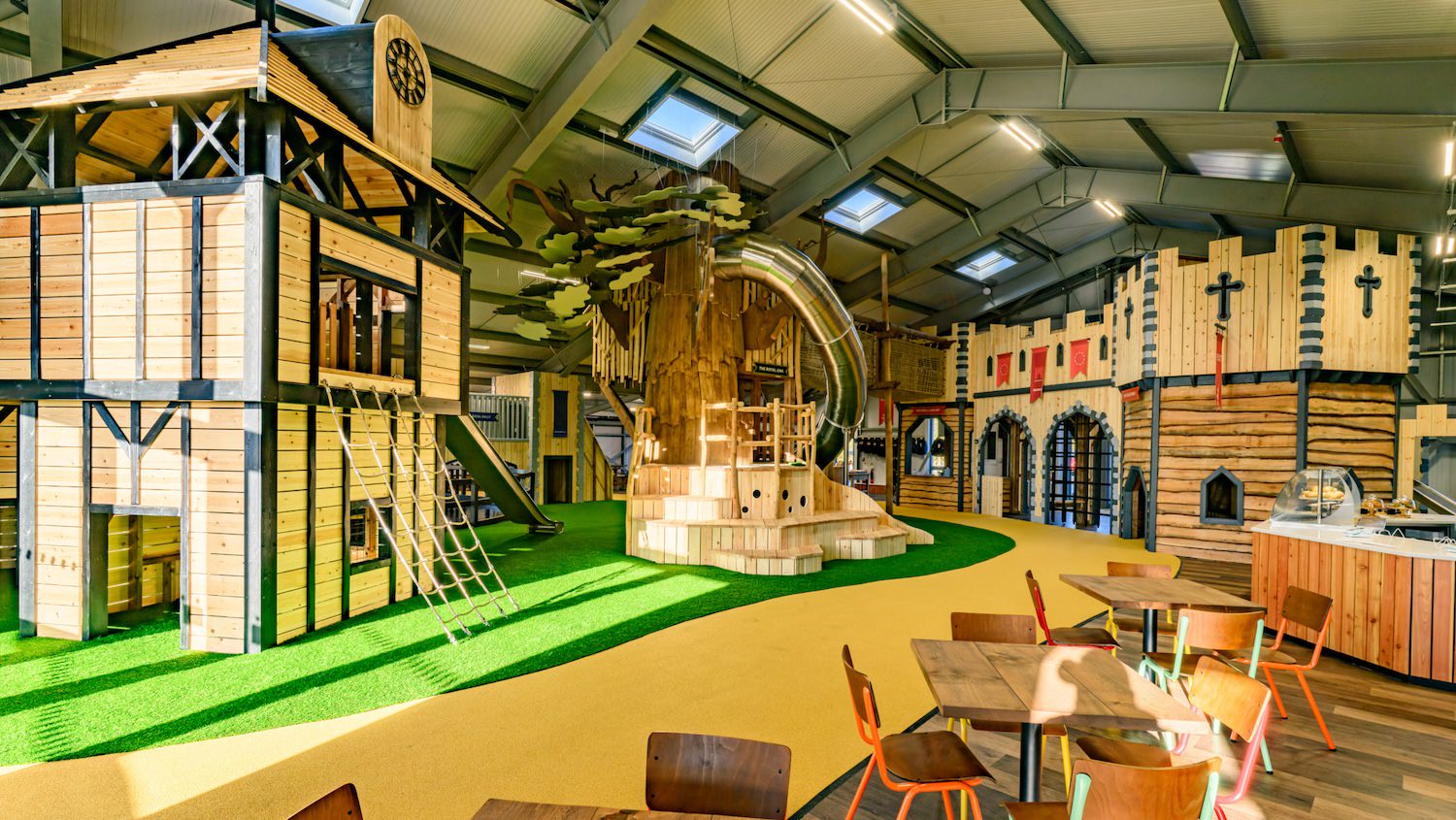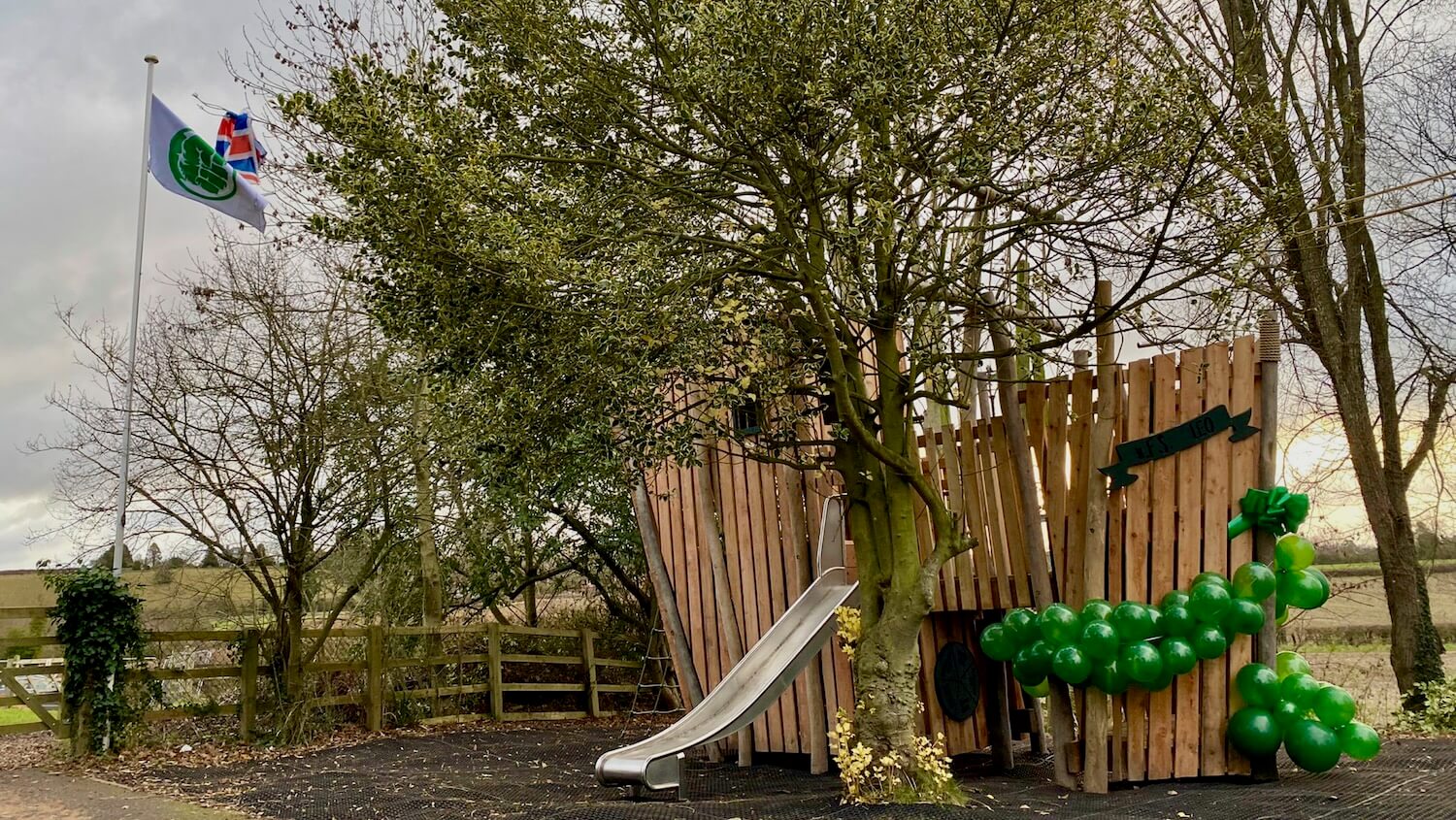
Crathes Castle is a 16th century castle near Banchory in Aberdeenshire, in the north east of Scotland, and is owned and managed by the National Trust for Scotland. The history of the site dates back to 1323 when King Robert the Bruce gifted the land to the Burnett of Leys family for services to the King. He also bestowed the title of the Royal Forester of Drum. Construction of the current castle began in 1553 but its completion took over 43 years due to the difficult political climate during the reign of Mary, Queen of Scots.
The castle’s gardens now extend to over 530 acres and are home to a host of wildlife from roe deer and red squirrels to woodpeckers, buzzards and herons that nest high in the trees. There’s also a beautiful walled garden - almost 4 acres in size - full of specimen plants and ancient topiary hedges shaped from ancient yew trees that were first planted back in the early 17th century.
It is without doubt one of Scotland’s finest castles.
Project brief
For our design of the new adventure play at Crathes, the chosen site was the boundary edge of the area of mixed woodland to the north of the castle.
The adventure play was designed to offer a range of exciting features to enhance the overall play experience.
The site topography was both rocky and undulating, with a range of ground surfaces, an exciting variety of species and scale of trees and great views across the grounds.
The Build
The Green Lady’s Tower
The central feature of the play is the Green Lady’s Tower at the top of the embankment; this gives the initial ‘wow’ factor upon entering the area. The inspiration for the tower derives from the castle’s famous legend. The eerie story tells of the Green Lady, a forlorn spectre said to be the harbinger of doom for the Burnett Family. Witnesses have described how she appears in one of the rooms, pacing back and forth in front of the fireplace, cradling a baby. She was even seen by Queen Victoria in one of her visits to Crathes.
The grand tower is visible from outside of the play area, so as to give visitors a glimpse of what awaits them on their approach. Accessible from a number of different points, including via a ramp suitable for wheelchair users, a climbing wall and ladders, the tower becomes the central play hub. From here, adventurers can gain height and discover views across the rest of the play area, exploring along the timber walkways leading to a zip wire, which then speeds its riders from tree to tree! By encompassing landscaping, pathways and seating areas within the design, the play area becomes a destination in itself, where families can relax and spend time, letting children explore and run wild, whilst remaining safely within the play boundary.
The Sand Play Folly House
This covered play deck measures 4 x 3m and sits overlooking the main sand pit. Accessible to all, this space is home to a range of play equipment for interactive play, including a raised sand pit, sand chute and pulleys. This play feature is completely accessible to wheelchair users, and the element of tactile interaction adds additional play value for all children and visitors. Visitors come across the Sand Play House on the edge of the woodland, as they might encounter a grand folly elsewhere in the castle’s grounds. Designed to be in keeping with the overall look and feel of the Green Lady’s Tower and constructed with natural chestnut timbers, the Sand Play house enhances the play value of Crathes while adding to the aesthetic and finish of this unique adventure play area.









































